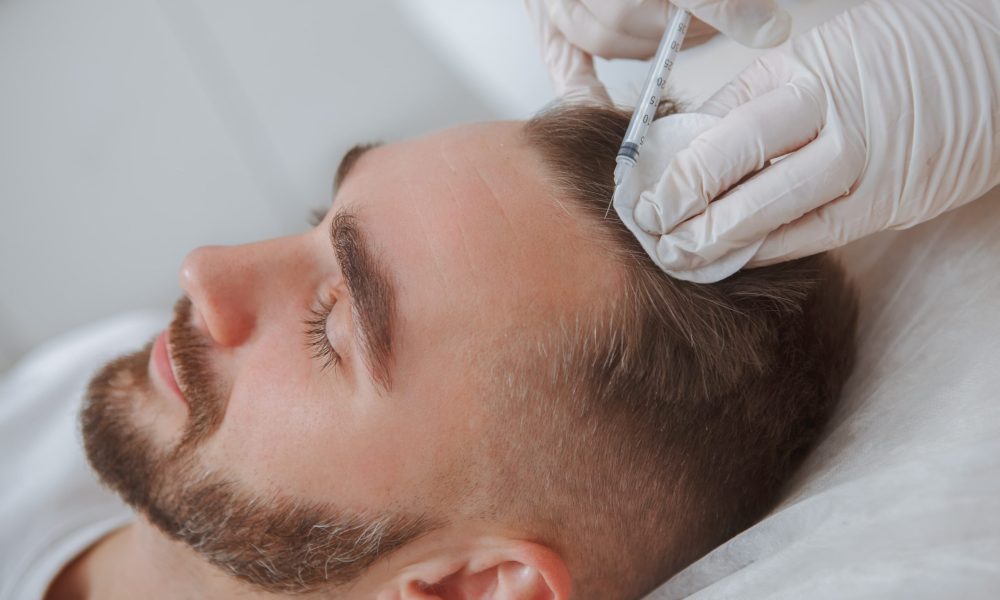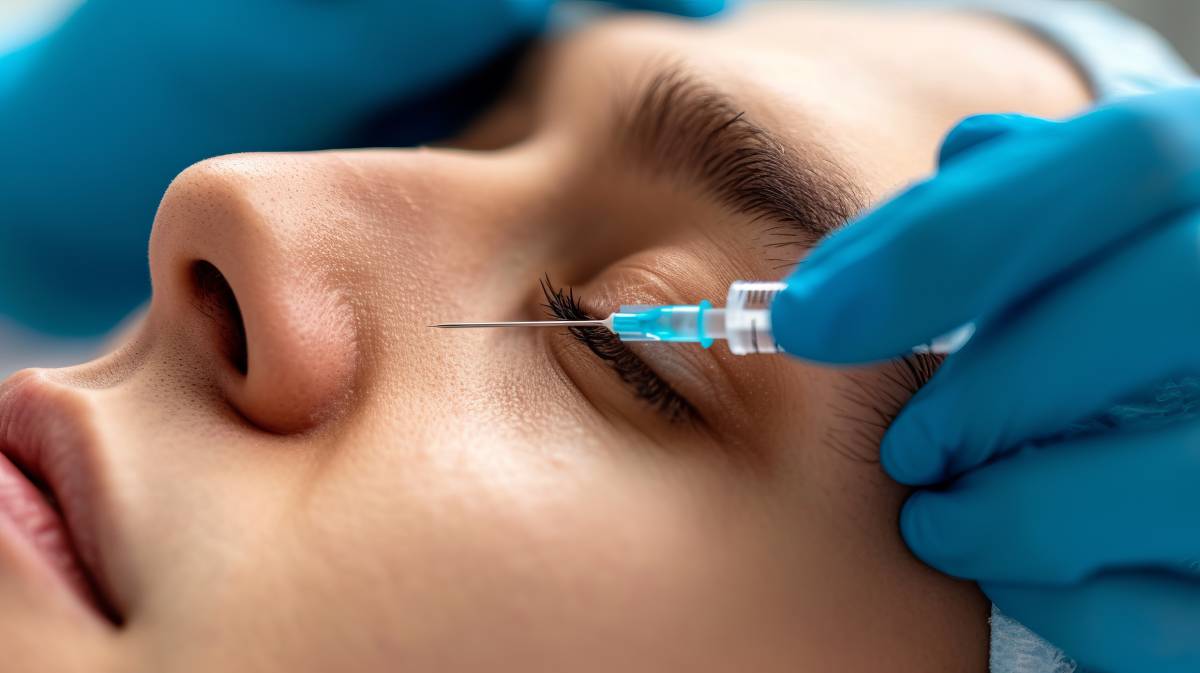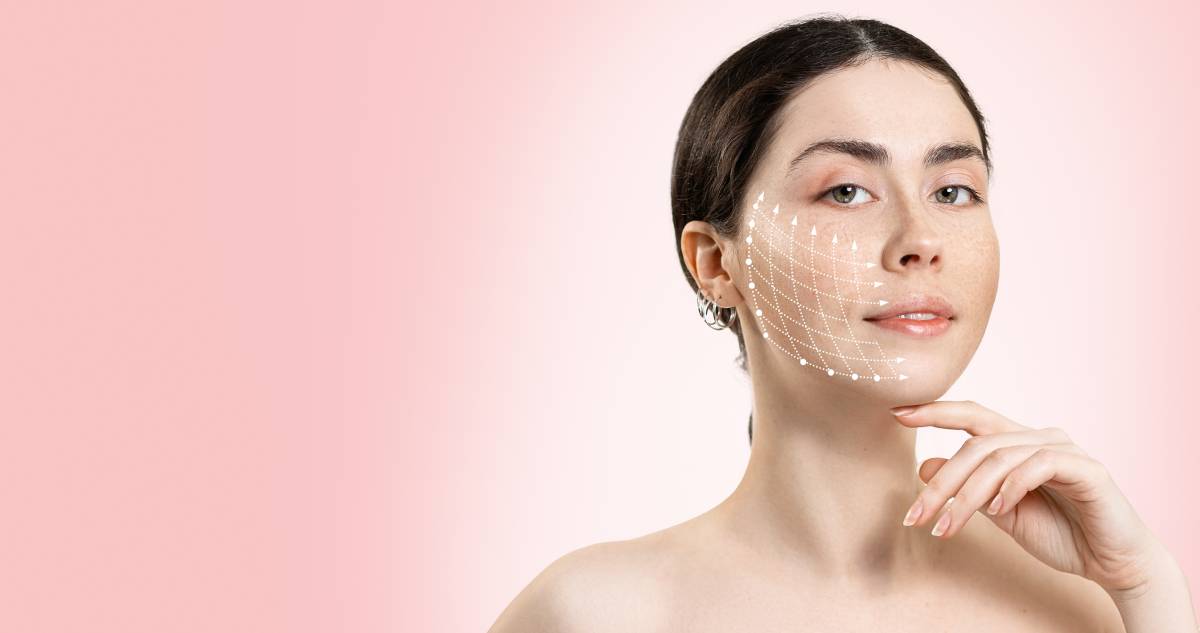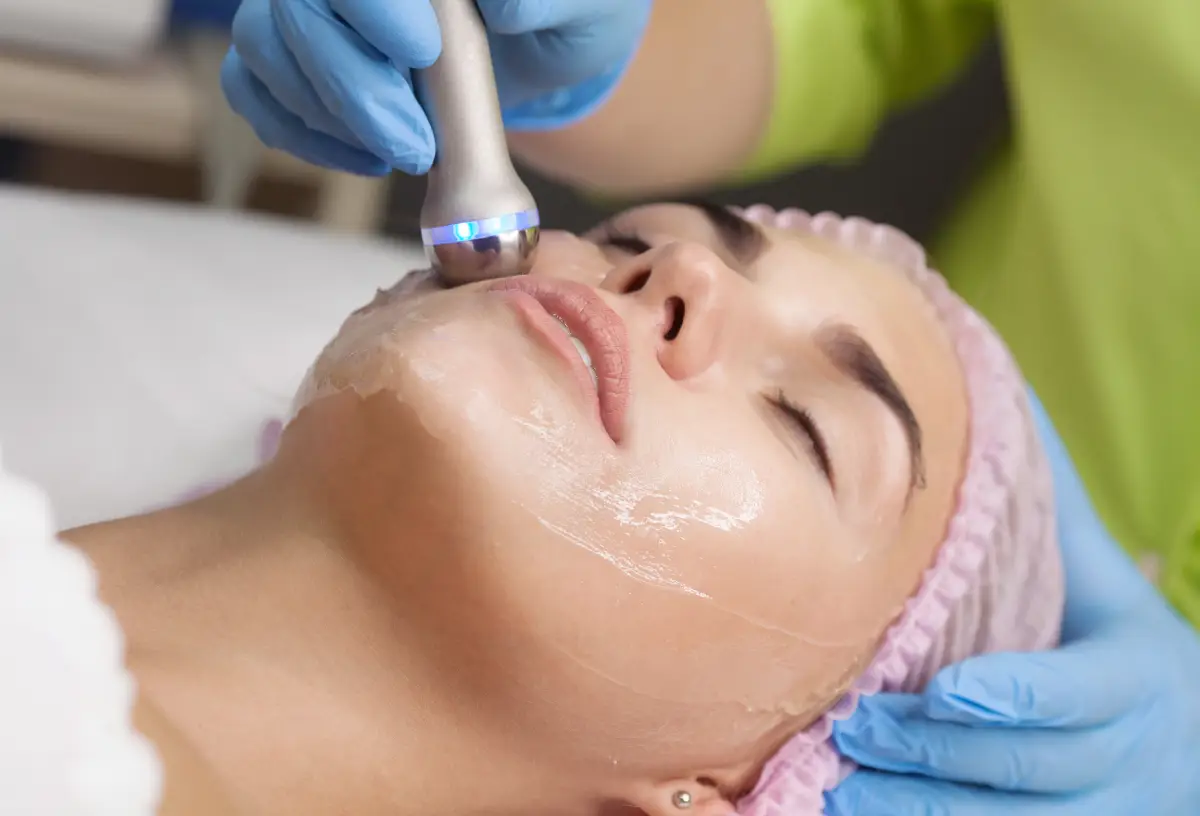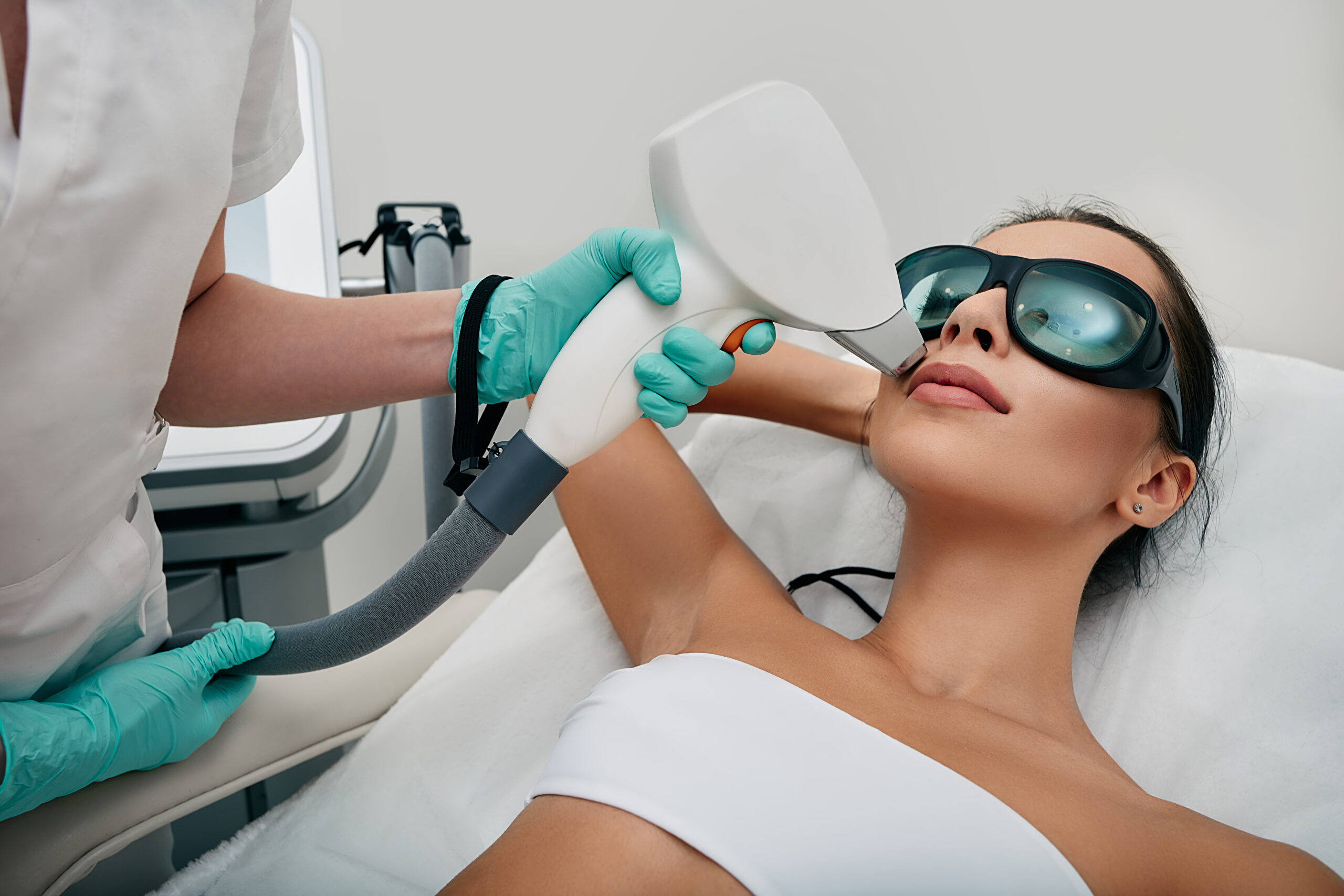PRP, or platelet-rich plasma treatment, is today’s modern approach to hair restoration. As a breakthrough in hair growth and repair, PRP has indeed elevated the process by miles compared to how it was during its infancy. In many ways, it has always been tied and compared with its predecessor, the traditional hair transplant.
Let’s ask the same question others have been asking for quite some time: what is better, the traditional hair transplant or the innovative PRP treatment? Read until the end and discover which is better and can work for your hair and scalp needs.
What is PRP Treatment?
Platelet-rich plasma, also commonly known as PRP, is a treatment that utilizes injections containing concentrated platelets to speed the healing process. Using your own body’s natural healing ability, you can heal tendons, ligaments, muscles, and joints more quickly and efficiently.
In addition, PRP is the latest trend in the hair restoration field. This non-surgical treatment involves treating the scalp with a portion of the patient’s blood, rich in platelets, and stimulating hair growth. The exact science behind this mechanism and how it works is not entirely understood, but PRP does lead to the release of high amounts of growth factors. These growth factors seem to have the ability to enhance the growth of existing hairs and stimulate the development of new ones. PRP can be done as a stand-alone treatment or combined with a hair transplant or other hair-restoring therapies or medications.
The PRP Procedure
The PRP process begins with running several tubes of your blood through a centrifuge, separating the platelets. Once separated, the platelets are injected back into your body in the affected areas, encouraging growth factors to heal damaged tissues.
Most skin clinics and medspas offer the latest regenerative medicine – PRP injections! When you inject your blood, you stimulate and increase the production of cells that promote healing, especially in people with arthritis!
Steps:
PRP therapy is a three-step process. Most of these therapies require three (3) treatments equally spaced 4–6 weeks apart. Regular maintenance treatments are needed at least every after 4–6 months.
Step #1
Blood is drawn — typically from the patient’s arm — and placed inside a centrifuge, a machine that rapidly spins to help separate different densities of fluids.
Step #2
Once around ten (10) minutes in the centrifuge, your blood will have separated into three layers:
- platelet-poor plasma
- platelet-rich plasma
- red blood cells
Step #3
The platelet-rich plasma is drawn into a syringe that’s injected into scalp areas that need the increase in hair growth.
However, no sufficient research has yet to prove whether PRP is effective. It’s also unclear for whom — and under what circumstances — it’s most effective. Although PRP has a sufficient theoretical scientific basis to support its use in hair restoration, hair restoration using PRP is still in its infancy. Clinical evidence is still weak.
What are Hair Transplants?
Traditional hair transplants, compared to PRP, involve removing hair follicles from one part of your body, referred to as the “donor site,” and transplanting those follicles to the area where more hair is desired, referred to as the “recipient site.” Hair transplantation was first performed in the late 1930s in Japan.
Additionally, hair transplants are procedures in which dermatologists or plastic surgeons move hair to a bald head area. Practitioners usually move an inch from the side, back, or side of the head down to its front or top portions. Typically, hair transplants happen inside medical clinics and offices under local anesthesia.
In addition, pattern baldness is responsible for most hair loss for both men and women. This condition usually boils down to genetics, while the remaining cases are due to various factors, including:
- diet
- hormonal imbalance
- illness
- medications
- stress
What Happens During Hair Transplants?
The first step is the thorough cleaning of the scalp. Surgeons use tiny needles to numb head areas using local anesthesia.
Nowadays, there are two (2) generally used techniques in obtaining follicles for hair transplantation. The two methods are called FUT and FUE.
For FUT, or Follicular Unit Transplantation:
- Practitioners use scalpels to cut out strips of your scalp skin from the back of the head. The incision is typically several inches long.
- Then, this cut is closed using stitches.
- Next, surgeons separate the removed portions of the scalp into small sections using a magnifying lens and sharp surgical knives. Finally, when implanted, these scalp sections help achieve more natural-looking hair growth, unlike others.
On the other hand, in FUE or Follicular Unit Extraction, hair follicles are directly cut out from the back of the head with hundreds to thousands of tiny punch incisions.
- Practitioners create tiny holes using a blade or needle in your scalp area that will receive the hair transplant. They gently place hairs in these holes.
- A surgeon may transplant hundreds or thousands of hairs during one treatment session.
- Afterward, your scalp will be covered using graft, gauze, or bandages for the next few days.
Hair transplant sessions usually take four (4) hours or longer. Your stitches will be removed about ten (10) days after surgery. Your doctor may require up to 3-4 hair transplant sessions to achieve the head of hair you’ve always wanted. Sessions happen a few months apart, allowing each hair transplant to heal fully.
PRP Therapy Vs. Traditional Hair Transplant
A hair transplant remains a very reliable solution for hair loss. All patients that receive the procedure can expect some new growth, with more than 90% of grafts typically taken. The downsides of hair transplant are that it is a surgical procedure, and most importantly, not everyone is a candidate. Often, patients are too early (young men) or not good candidates (many women), and that is where PRP is most often a great option.
While PRP has many advantages, such as being non-surgical and requiring little downtime, there are some disadvantages. First, it does require several treatments to receive the maximal benefit. Second and most importantly, while many patients see a nice amount of new growth, some patients may see no recent change, despite doing a complete series of treatments.
Compare this to a hair transplant where virtually 100% of patients see new growth, and you can see why many hair transplant surgeons tell patients this is their best option.
The Bottomline
In summary, for those patients who are good candidates and are willing to have surgery, hair transplantation is their best option for the best results. PRP provides a new and exciting opportunity for those unwilling or not good candidates for a hair transplant.
Do you want to experience PRP therapy? Our amazing friends at Savvy Chic Medspa can help you today. Visit them now! https://savvychicmedspa.com/

